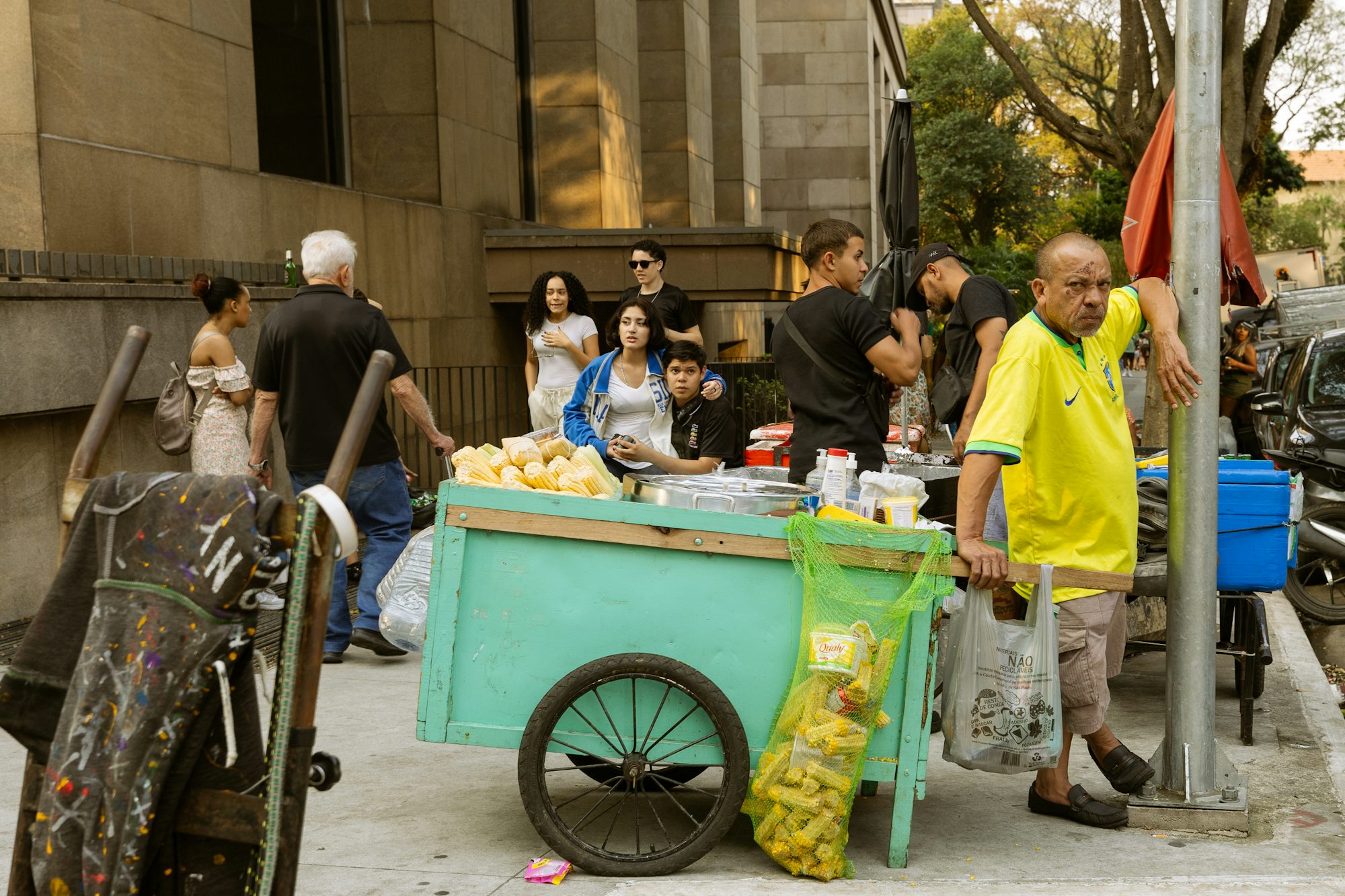Streetwear has rapidly evolved from its humble beginnings into a global fashion movement that resonates with the youth and beyond. Rooted in urban culture, this style transcends mere clothing; it embodies a lifestyle and a means of self-expression that reflects social dynamics, art, and individuality. This article explores the essence of streetwear, its cultural significance, and how it empowers individuals to curate their personal styles. The origins of streetwear can be traced back to the late 1970s and early 1980s, when skateboarders and surfers began to craft a unique aesthetic that blended functionality with creativity. Brands like Stüssy and Supreme emerged during this period, catering to a subculture that valued authenticity and individualism. Streetwear was not just about fashion; it was a way to challenge societal norms and express rebellion. This ethos continues to influence the streetwear scene today, as it remains closely tied to music, art, and various forms of creative expression. At the heart of streetwear is the concept of community. This style is often celebrated within neighborhoods, where local artists and designers come together to create something unique. Collaborations between fashion brands and artists are common, resulting in limited-edition releases that generate excitement and exclusivity. These collaborations not only elevate the streetwear aesthetic but also foster a sense of belonging among fans who eagerly anticipate the next drop. The cultural significance of streetwear extends beyond clothing; it serves as a platform for social commentary and activism. Many streetwear brands incorporate messages about social justice, equality, and environmental issues into their designs. This alignment with meaningful causes resonates with consumers who seek to make a statement through their fashion choices. For example, collections inspired by political movements or environmental sustainability highlight the potential of streetwear to drive change and raise awareness. The versatility of streetwear is another aspect that contributes to its appeal. This style allows for endless experimentation, enabling wearers to mix and match elements from various influences. Layering is a key technique in streetwear, where oversized hoodies, graphic tees, and statement sneakers come together to create an effortlessly cool look. The beauty of streetwear lies in its ability to defy traditional fashion rules; there are no strict guidelines, allowing individuals to showcase their creativity and personality through their outfits. Moreover, streetwear often embraces a sense of nostalgia, drawing inspiration from past decades while putting a modern twist on classic styles. This fusion of old and new resonates with a diverse audience, creating a bridge between generations. Vintage graphic tees, retro sneakers, and bucket hats all contribute to the eclectic nature of streetwear, making it a style that feels both timeless and fresh. As streetwear continues to gain traction, its presence in high fashion has become increasingly prominent. Designers from renowned fashion houses have embraced streetwear aesthetics, blending luxury with casual elements. This crossover has led to the rise of ‘luxury streetwear,’ where high-end brands collaborate with streetwear designers to create unique collections that appeal to a broader audience. This fusion of styles not only expands the reach of streetwear but also challenges the notion of what constitutes luxury fashion. The digital age has significantly impacted the evolution of streetwear, with social media platforms playing a crucial role in its popularity. Instagram, TikTok, and other platforms allow brands and influencers to showcase their latest collections and styling techniques, creating a sense of community and engagement among followers. Streetwear enthusiasts share their outfits, styling tips, and thoughts on upcoming releases, fostering a vibrant online culture. This accessibility has democratized fashion, enabling individuals from various backgrounds to participate in the conversation and express their unique styles. However, as streetwear becomes more mainstream, the challenge of authenticity arises. With mass-produced items flooding the market, maintaining the essence of streetwear can be difficult. True streetwear aficionados often seek out independent brands and local designers to support the original spirit of the movement. This emphasis on authenticity drives the demand for unique, handcrafted pieces that tell a story and reflect the wearer’s individuality. In conclusion, streetwear represents more than just a fashion trend; it is a cultural phenomenon that embodies creativity, community, and self-expression. Rooted in urban culture, this dynamic style continues to evolve, allowing individuals to connect with their identities while making bold statements through their clothing choices. As the lines between streetwear and high fashion blur, the movement showcases the power of fashion to inspire change and foster connections. Embracing streetwear means celebrating a lifestyle that values originality, creativity, and the rich tapestry of influences that shape our world today.
Embracing Streetwear: The Intersection of Culture and Style

Categories:
Related Post

Dressing for Success: How to Choose the Perfect Outfit for Every OccasionDressing for Success: How to Choose the Perfect Outfit for Every Occasion
This article explores how to select the ideal outfit for various occasions, highlighting different s

Exploring the Role of Male Models in Modern AdvertisingExploring the Role of Male Models in Modern Advertising
A comprehensive look at how male models shape contemporary advertising, their influence on consumer

Exploring the World of Sunglasses: A Style for Every FaceExploring the World of Sunglasses: A Style for Every Face
An in-depth look at various sunglasses styles, their history, and how to choose the right pair for y